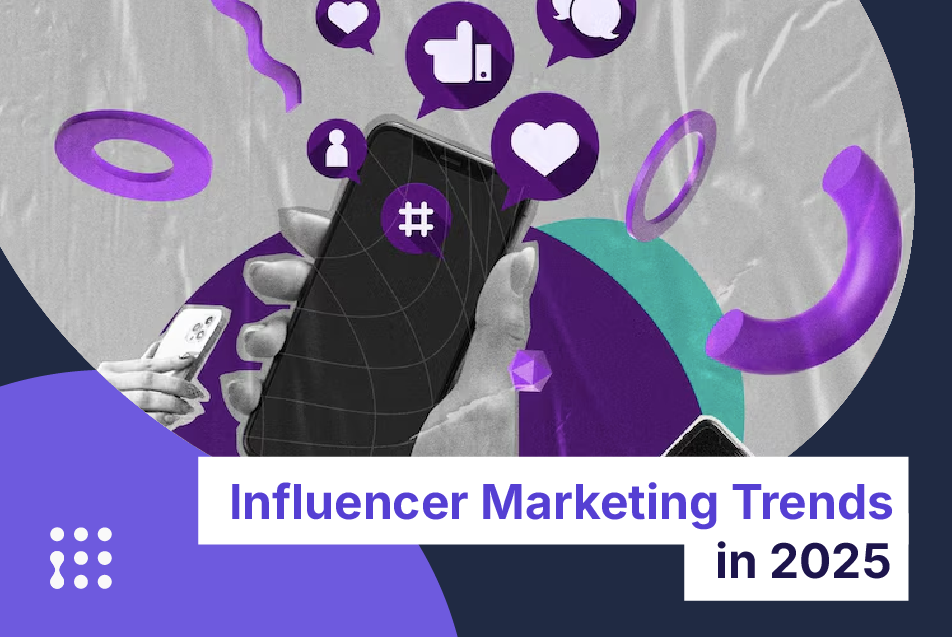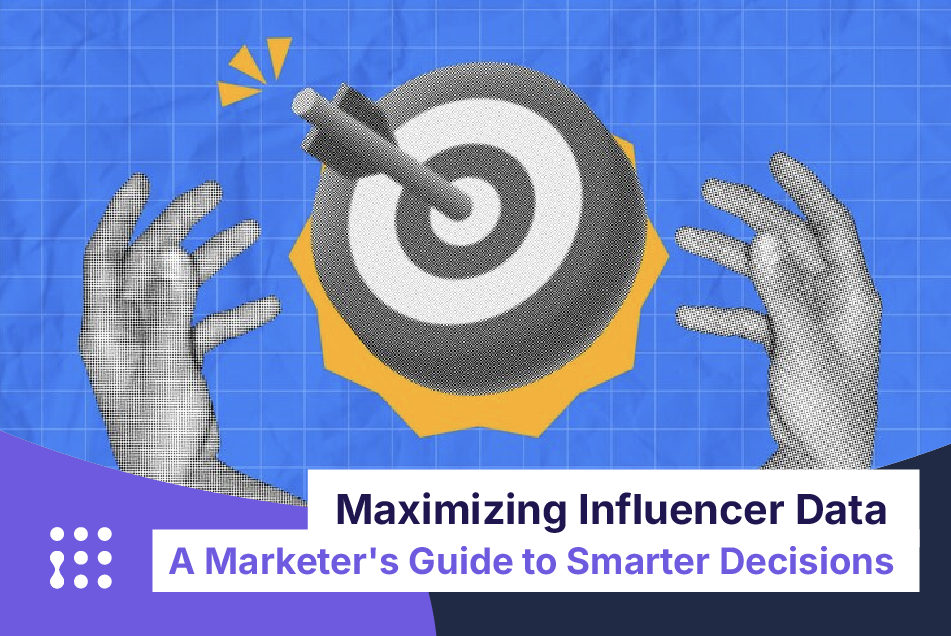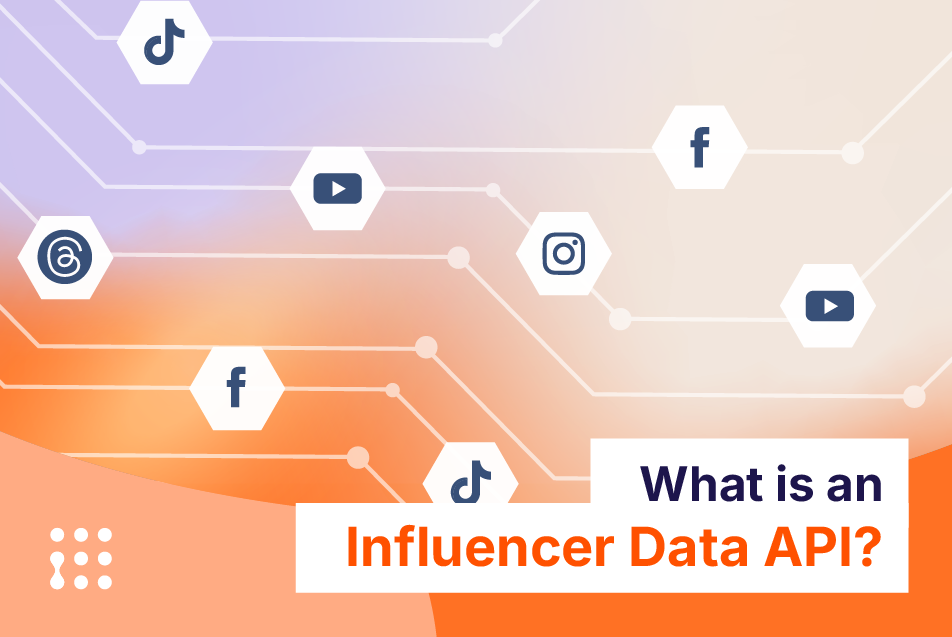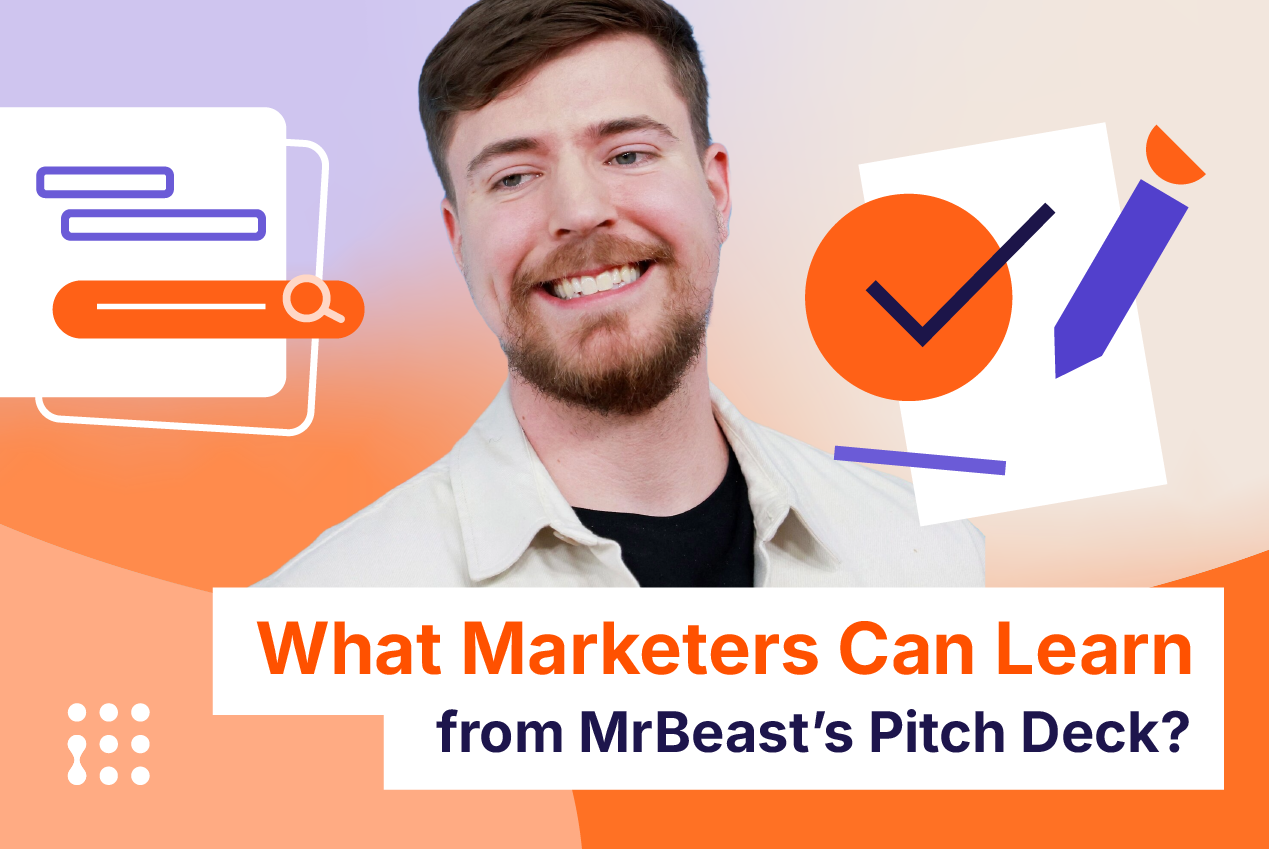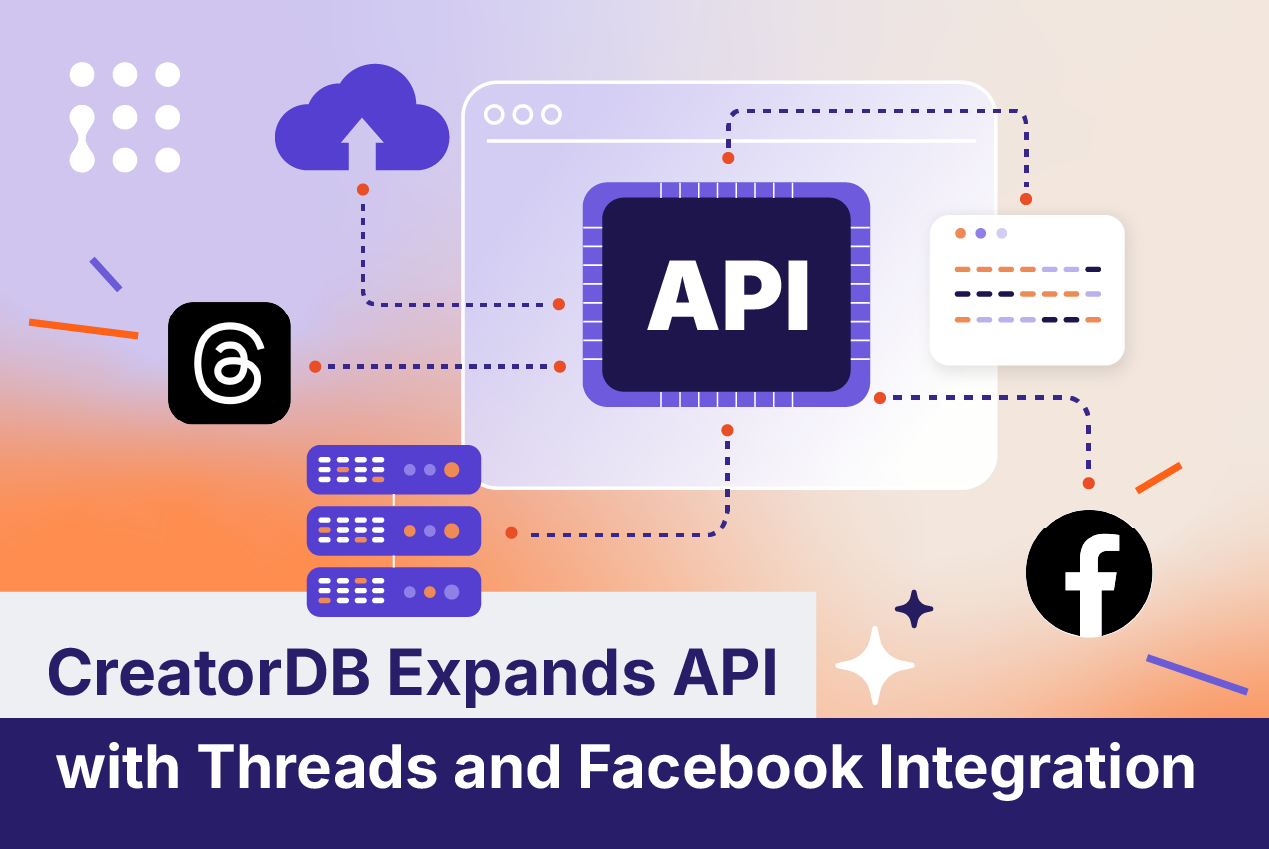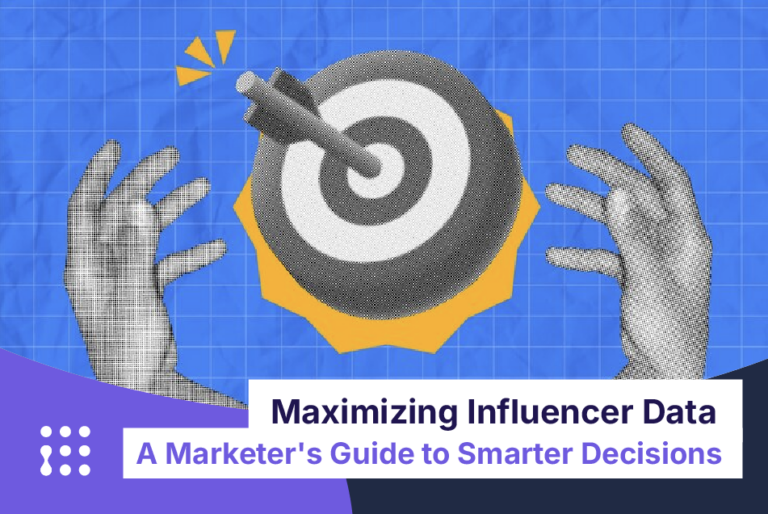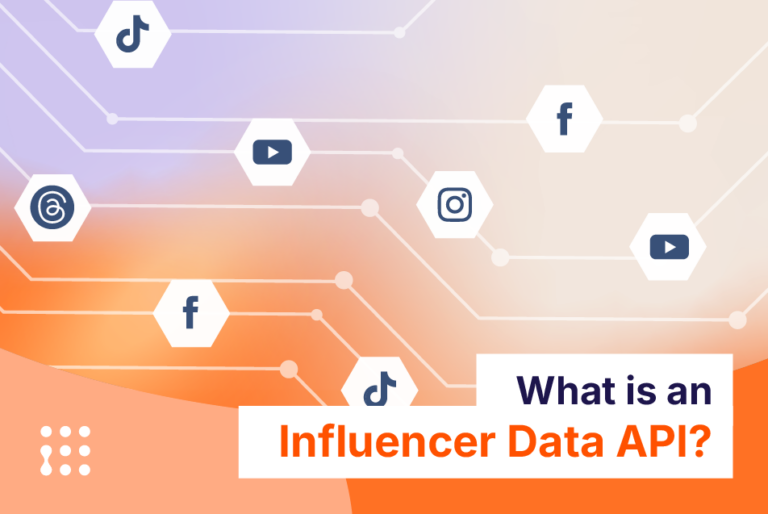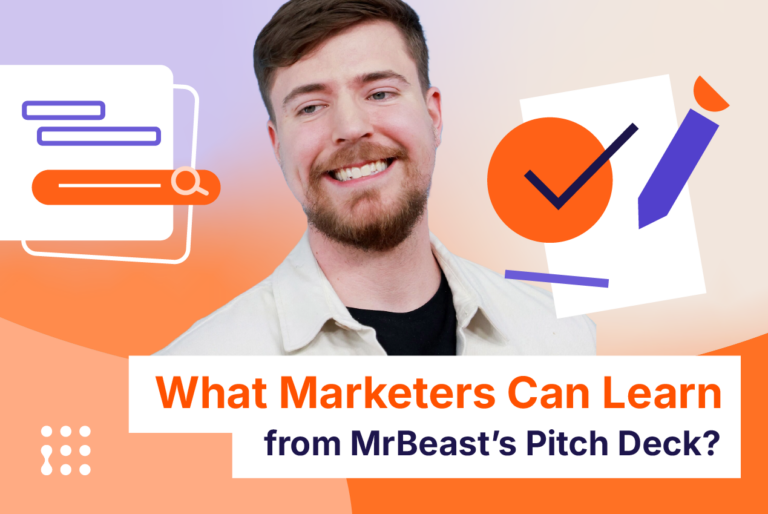With 2024 turning to 2025, it is the perfect time to review the last twelve months and forecast the state of the influencer marketing arena in the next year.
Influencer marketing is expected to reach $24 billion by the end of the year, a 13% increase from the previous year, maintaining its upward trajectory. Supporting this data, marketing departments have reported increasing their spending on influencers and externally generated content.
In general, 2024 saw the consolidation of trends that had started previously, like the move out of prominent, expensive influencers into micro-influencers that cater to specific niches.
2025 will follow with many previous trends consolidating and influencers becoming an integral part of marketing planning.
1. Marketers and Creators will be More Connected
In 2025, influencers will take on an even more central role in shaping brand campaigns and strategies. They won’t just execute pre-designed plans—they’ll help co-create impactful and relevant initiatives. Marketers increasingly recognize that the true value of influencers goes beyond their audience sizes and engagement rates.
To avoid coming across as stiff or out of touch, brands are incorporating influencers into trend-based campaigns, leveraging their understanding of audience dynamics and changing tastes. Creators keep a close eye on their communities, offering insights that marketers often struggle to capture.
It is expected to see more campaigns designed collaboratively with influencers, seamlessly blending with their content or aligning with their organic goals. Forward-thinking brands will move past a narrow focus on direct sales to harness the broader potential of influencer marketing, collaborating with creators of all sizes to build authentic, trend-driven campaigns.
Key Takeaways:
- Creators will help brands make impactful and relevant campaigns.
- Trends-based campaigns will be the norm and very effective for fast-acting brands.
- Influencer results and sales will decouple.
2. Long Content Format is Back
After a few years in which everyone went crazy over 15-second TikTok videos, Reels under a minute, and general Brain Rot (word of the year), YouTube long videos are still a considerable part of the influencer landscape. Creators like Hbomberguy, F.D. Signifier, Jenny Nicholson, and Eddy Burback are examples of very different types of content formats that often stretch well over an hour, all obtaining millions of views. We are assisting many creators in deciding to decouple from the idea of constant content production in favor of a few highly researched and curated pieces of content that delve into topics dear to them. And the audience is loving it.
For brands and advertisers, this is an opportunity to stand out as the ones who make this kind of content possible and allow many creators to avoid being slaves to the algorithm.
While this resurgence in long-form content is happening, it will not cancel out the shorts and the time we all waste watching skits and rage bait. Each brand should decide how to spread its marketing budget to cover all the bases, considering they are all there.
Key Takeaways:
- Many audiences don’t trust short-content creators and see short content as a fast cash grab.
- Short-form content is often almost interchangeable and viewed with little attention.
- Long-format content creators are less quantitative and more qualitative. Their audience understands and is willing to wait for their content.
3. Regulator to Focus on Cleaning the Space
Influencer marketing is decoupling from the lawless environment that it used to be. More prominent creators are caught engaging in shady practices in promotion and advertising, so the audiences are calling for a more transparent and trustworthy environment. There is little to no incentive to change for many established names, but the up-and-coming creators are guaranteed to come up with a unique eye to keep their names clean and reliable.
Concurrently, many institutions are creating and applying more transparent and more stringent regulations regarding sponsorship disclosure and liabilities.
Brands must pay extra attention to who they partner with to keep a clean and trustworthy image.
Key Takeaways:
- Always disclose collaboration through proper tagging.
- Ensure your campaign model is accepted in that market, especially for sweepstakes and contests.
- Keep proper records of the collaborations and deals.
4. Content Ownership at the Center of Debate
Whether it is a renowned content creator or a UGC professional, when dealing with brands, they want to be clear about how often and where their sponsored content will be used. On the other hand, brands realize that influencer-generated content is very flexible and doesn’t necessarily only live on social media platforms.
With both parties aware of this new bargaining chip, many new deals will include specific clauses, and content creators can ask for different rates based on the usage rights for each piece of content.
Key Takeaways:
- Along with content creators, we are seeing the rise of User-Generated Content creators, who don’t amass a large following but provide authentic-looking content to brands.
- Brands have understood that influencer and UGC content is not one-and-done but can be used in many channels over time.
- Repurposing content without prior discussion can lead to conflict and complicate legal cases.
5. All Along the Customer Journey
Long gone are the days when influencers were only evaluated on direct sales. It is increasingly evident to content creators and brands how influencer content impacts purchase decisions throughout the funnel. Often, niche influencers are at the forefront of new product developments or trends. They can introduce their audience to new ideas and concepts, making for perfect support for discovering your product. Other audience members turn to influencers to learn about their experience with certain products and find recommendations that can apply to their needs.
Savvy marketers will treasure this approach and craft multilayered strategies with various influencers to cover all the needs and provide in-depth market exposure to the product.
Key Takeaways:
- Awareness Phase: Creators are great for tapping into highly targeted audiences, introducing them to new products, and generating initial buzz with authenticity and relevance.
- Interest Phase: Through sharing personal experiences, storytelling, and in-depth product reviews, influencers spark curiosity and help solidify positive perceptions around a product.
- Decision Phase: With special deals, exclusive promotions, and influencer-endorsed recommendations as powerful motivators, creators can encourage audiences to take the final step toward purchase.
- Loyalty Phase: Long-term partnerships and brand ambassadorships help influencers build deeper connections with audiences, fostering loyalty and trust in the brand.
- Advocacy Phase: Influencers are ideal for encouraging user-generated content (UGC) and inspiring audiences to actively participate in campaigns, turning loyal customers into enthusiastic brand advocates.
The influencer space remains one of the most active and dynamic parts of the whole marketing panorama. And while it is gaining much favor among marketers and brands, influencer marketing still has a long way to go before showing all its true potential.
But each year, the gap closes further. Influencers and brands are creating the foundations for truly effective influencer marketing by trying different combinations and levels of cooperation and involvement with each other to see how to maximize campaign impact. As part of this discovery process, regulatory and content ownership issues had to be discussed too, and need to be sorted out to create a safe and fair environment for influencers, brands, and consumers.
In 2025, we can expect many of these issues to be brought to the forefront of the discussion, and we look forward to seeing the creative solutions that will be proposed.

Find Your
Perfect Influencer
Match Instantly
